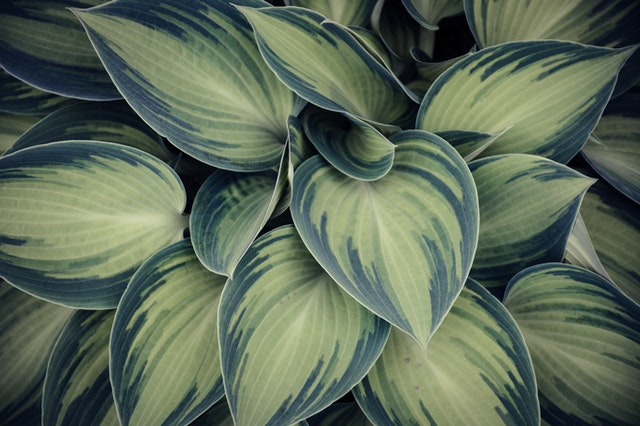Privet hedges are one of the most common landscape plants in the United States. Although they are generally considered low-maintenance and hardy, they can suffer from a range of disorders that can cause aesthetic damage or even kill them without proper treatment. In this blog post, we will discuss some of the more commonly seen disorders that affect privet hedges and how to diagnose and treat them. We will also look at some preventative measures you can take to ensure that your hedge stays healthy and attractive.
Privet hedge disorders
Privet hedges are susceptible to a number of different disorders, which can affect their health and appearance. Some of the most common privet hedge disorders include:
-Blight: Blight is a fungal disease that can cause the leaves of privet hedges to turn brown and die. It is often caused by wet or humid conditions, and can be difficult to control once it takes hold.
-Powdery mildew: Powdery mildew is another fungal disease that can affect privet hedges. It causes the leaves to develop a white, powdery coating, and can eventually lead to leaf drop.
-Leaf spot: Leaf spot is a fungal disease that causes small, dark spots to form on the leaves of privet hedges. If left unchecked, it can eventually kill the leaves.
-Rust: Rust is a fungal disease that causes orange or red pustules to form on the leaves of privet hedges. It can eventually lead to leaf death if left untreated.
Symptoms
Privet hedges are susceptible to a number of disorders, many of which can be quite damaging. Symptoms of these disorders can include discoloration or dieback of leaves, branches, or the entire hedge; stunted growth; and deformed leaves or flowers. If you suspect your privet hedge may be suffering from a disorder, it’s important to take action quickly in order to save the plant.
Treatment
There are a few known disorders of the privet hedge that can occur. These include fungal diseases, such as powdery mildew and leaf spot, as well as pests, such as aphids and scale.
To treat these disorders, it is important to first identify what is causing the problem. Once the cause is determined, then the appropriate treatment can be applied. For example, if powdery mildew is the problem, then using a fungicide will be necessary. If aphids are the problem, then using an insecticide will be necessary.
It is also important to keep hedges healthy by pruning them on a regular basis and fertilizing them according to their needs. By doing this, hedges will be less susceptible to problems in the first place.
How to prevent hedge disorders
To prevent hedge disorders, proper care must be taken when growing and maintaining privet hedges. Some of the most common disorders include dieback, canker, blight, and root rot. Dieback is usually caused by incorrect pruning or excessive pruning, which can damage the plant’s vascular system. Canker is often caused by fungi or bacteria that enter the plant through wounds. Once inside, they can cause the plant to produce abnormal growths or lesions. Blight is another fungal disease that can cause leaves to turn yellow or brown and drop off prematurely. Finally, root rot is often caused by overwatering or poor drainage, which can lead to fungal growth in the roots.
